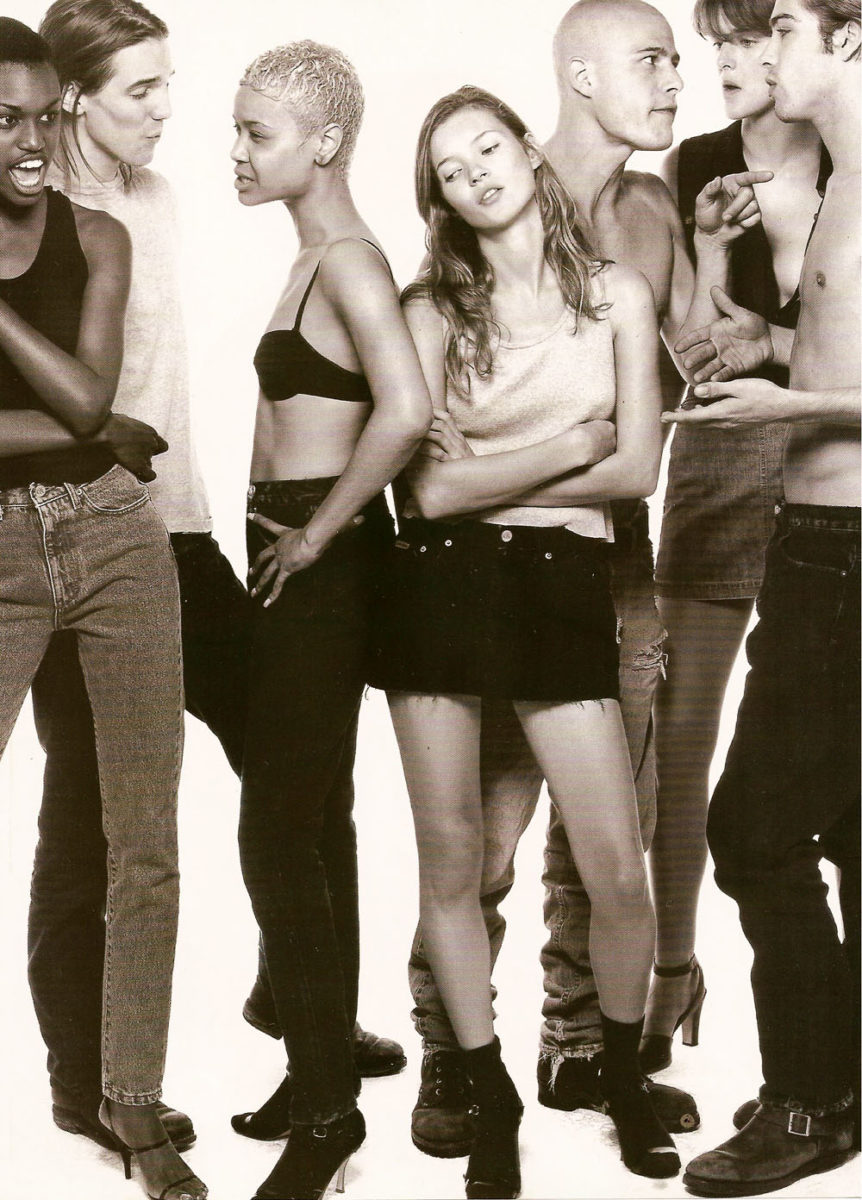Taste And Fashion: The Social Function Of Fashion And Style
By Something CuratedExcerpt from Taste and Fashion: The Social Function of Fashion and Style by Jukka Gronow (Department of Sociology, University of Helsinki)
In the classical European humanistic tradition, fashion was always thought to be antithetical to good taste. A person blindly following the whims of fashion was without style, whereas a man of style – or a gentleman – used his own power of judgement. Immanuel Kant shared this conception with many of his contemporaries. It is well known that Georg Simmel’s idea of a formal sociology was influenced by his reading of Kant’s aesthetic writings. Even Simmel’s famous essay on fashion can best be understood as a somewhat ironic commentary on Kant’s idea of a sensus communis: the community of fashion is the real community of universal taste. To Simmel, fashion is a societal formation always combining two opposite forces. It is a socially acceptable and safe way to distinguish oneself from others and, at the same time, it satisfies the individual’s need for social adaptation and imitation.
Furthermore, the charm of novelty offered by fashion is a purely aesthetic pleasure. Fashion helps to solve – at least provisionally – the central problem of the philosophy of life, also expressed in the antinomy of taste as formulated by Kant. It teaches the modern man how a person can be a homogeneous part of a social mass without losing his individuality, or how he can both stick to his own private taste and expect others – who recognizably also have a taste of their own – to share it. Simmel’s suggestion of the ‘stylized life-style’ further develops the same idea. In modern society, both style and fashion are functional equivalents to ‘good taste’ …

Simmel’s analysis of fashion – read through the critical eyes of both Kant and [Herbert] Blumer – has taught us how a person can be a homogeneous part of a mass without losing his individuality – or how he can both stick to his own private taste and expect others – who also have a taste of their own – to share it. For him, however, all such solutions to the conflict between the principles of individuality and sociability are only provisional. Social harmony is never within reach. As [Jean-François] Lyotard said the community of the United Tastes is only a ‘cloud of a community’. The bridge crossing the gap between the individual and his society has to be built over and over again. In Simmel’s opinion, the concept of style should be reserved only for the objects of design. Objects of art are always unique. Otherwise, Simmel’s and [Niklas] Luhmann’s conceptions of style do not differ from each other: in the modern society of mass consumption, in particular, they are functional equivalents.
The concept of style has, however, more to do with the characterization of the objects of consumption, whereas fashion characterizes the whole social pattern of distinction and adaptation. Simmel’s suggestion for the necessity of a ‘stylized life-style’ in modern society can equally be seen as a further development of the same idea concerning the role played by the various objects of consumption in the life of a modern person. Even though their lives are stylized, the members of a society are able to retain their full individuality and share a style or several styles with others. Now the individuality of individual taste is expressed in the relative weight which objects of different styles or fashions have in a compilation of objects. The idea of style as ‘bricolage’ (see Hebdige 1983) would not then be restricted to modern youth culture, but would rather characterize the whole of modern consumption culture from the very beginning. The taste expressed in such a collection of goods surrounding a person is always both private and universal at the same time. Such a solution is in line with Simmel’s more general idea about the modern individuality as an intersection of many spheres of life. (see Noro 1991)

The development of a stylized life-style can be seen as a concrete example of the attitude of superficiality which, in Simmel’s opinion, was a possible and even a typical response on the part of the modern man to the problems caused by the increasing fragmentation of modern society. As he understood it, the division of labour – or social differentiation in general – had created a situation in which the individual is faced with conflicting demands, interests, needs and hopes. Social differentiation threatens the totality of the individual’s life by pulling it in opposite directions. If one were to get involved with equal seriousness in every field of life, one would simply lose one’s social integrity. It is not surprising that a recent characterization of the consumer in post-modernity in Advances of Consumer Research (Firat 1991) could equally well be read as a ‘modernized’ summary of the results of Simmel’s analyses of fashion and style:
“The consumption life of the consumer is segmented, fragmented into separate moments which are not or only superficially linked. Each instance may well be cultivated to represent a different image of oneself … The catch in the capitalist market system is, however, that to represent the different images people will be acquiring and consuming the same products … and adopting the same consumption pattern represented by these products (…) So what appears to be difference at the level of symbolic culture turns out to be an underlying uniformity.” (Firat 1991:71)
The only thing that Georg Simmel would probably consider somewhat strange in the above quotation would be its slightly moralizing overtone. He would probably be tempted to remind the reader that ‘the difference appearing at the level of symbolic culture’ is just as real and important a characteristic of modern consumer culture as its ‘underlying’ uniformity. In consuming goods people are both expressing their own aesthetic preferences and sharing a collective taste with others.
References:
Firat. Fuat A. 1991. The Consumer in Post-modernity. Advances in Consumer Research 18. 70-76.
Hebdige. D. 1983. Subculture. The Meaning of Style. London & New York: Methuen.
Noro, A. 1991. Muoto, moderniteetti ja ‘kolmas’. Tutkielma Georg Simmelin sosiologiasta (Form, Modernity and the ‘Third’. A Study of Georg Simmel’s Sociology). Jyvaskyla: Tutkijaliitto.
Simmel. G. 1950. The Metropolis and Mental Life. In K. H. Wolf (ed.), The Sociology of Georg Simmel. Illinois: Free Press.
Simmel. G. 1991. The Problem of Style, Theory, Culture and Society 8. 63-71.
Source: Acta Sociologica, Vol. 36, No. 2 (1993), pp. 89-100
Published by Sage Publications, Ltd.
The above article has been reproduced with the permission of Sage Publications.
Feature image: Helmut Lang, 1998 via GRAILED